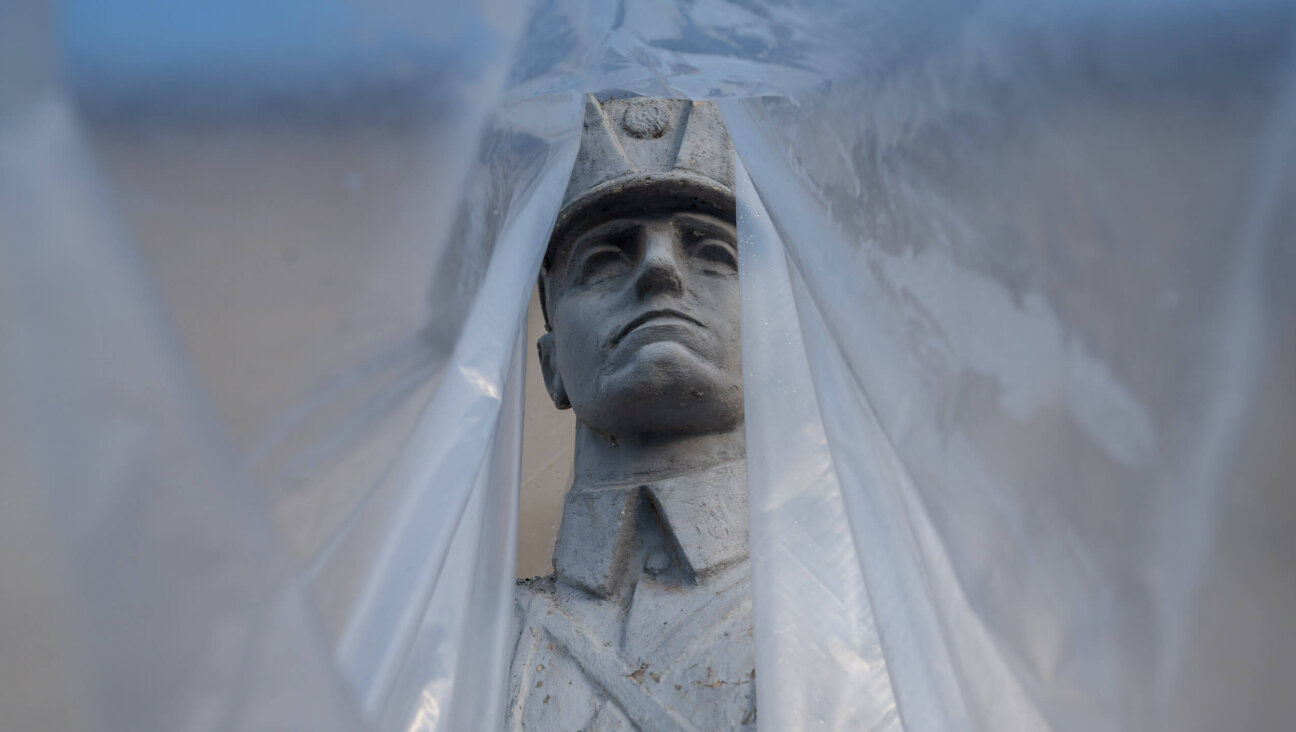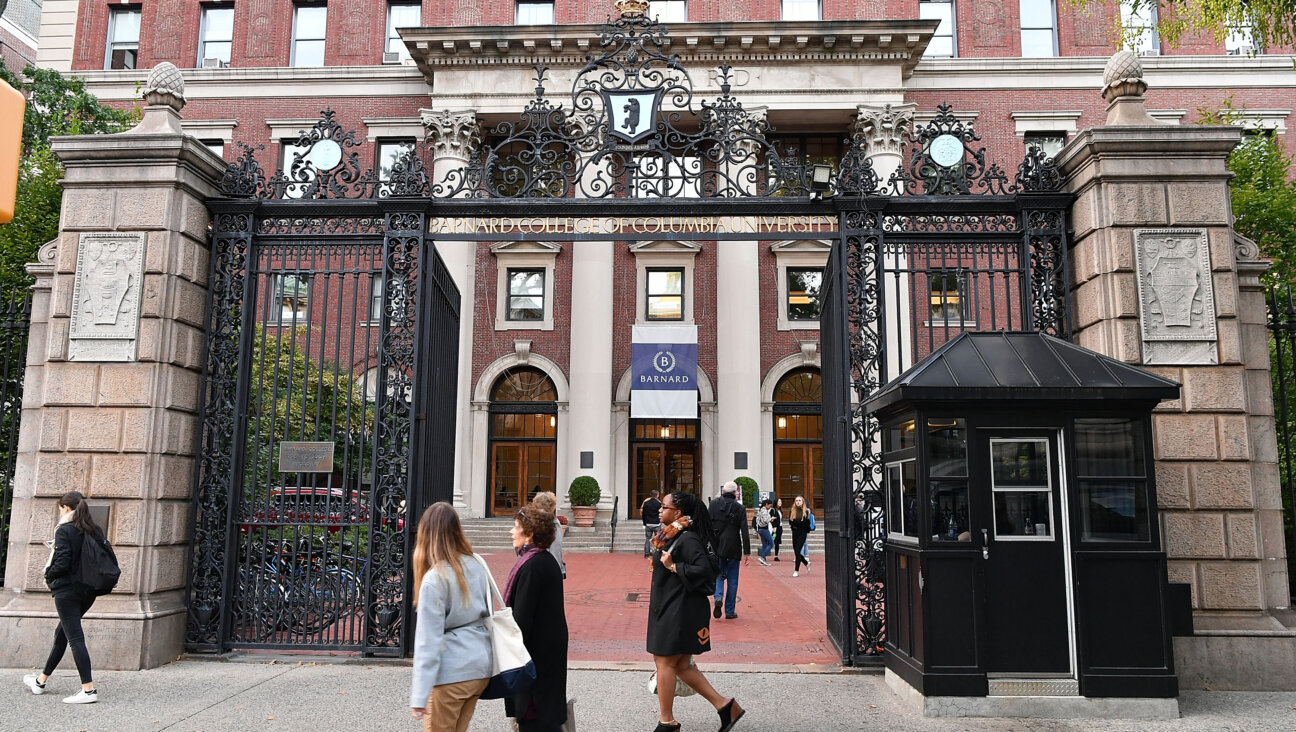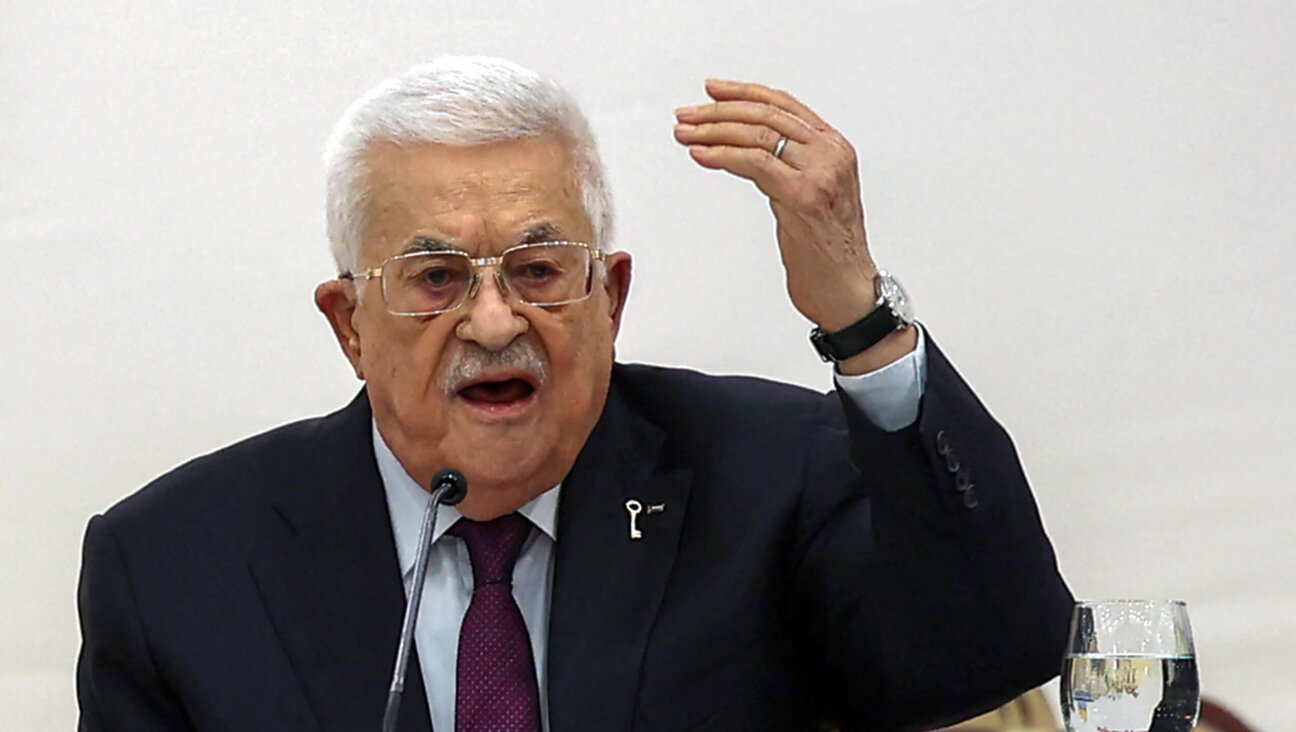Paul Simon vs. Bob Dylan, Who’s Greater?

I Am Just a Poor Boy, Though My Story?s Seldom Told: Paul Simon (right), playing New Orleans in 2010, and Bob Dylan(left) performing at the 2011 Grammy awards, are iconic American singer/songwriters who have defined the musical landscape of our time. Image by Getty Images
In a recent interview in Rolling Stone magazine Paul Simon remarked that he was miffed by comparisons between him and Bob Dylan:
“He’s telling you the truth and making fun of you at the same time. I sound sincere every time. Rock and roll has a lot to do with image. If that’s not your strength, people find fault with the work.”
This short quotation gets to the crux of a perennial battle between two titans of American music. Dylan remains the central figure among serious rock intellectuals. His sometimes impenetrable and always cryptic work is seen as having a heft and cultural cachet often denied to Simon, whose songs communicate directly to the listener. But, while Dylan seems to scoff at confession and musicology, Simon has worn his heart on his sleeve and taken seriously his musical craft.
In the issue of Rolling Stone dedicated to Dylan’s 70th birthday, a list of his 70 greatest songs is presented, with his signature song, “Like a Rolling Stone,” leading the parade. The difference between Dylan’s most praised songs and those of Simon rests in the profoundly divergent approaches each deploys in dealing with the human condition. Dylan mythologizes, goes meta-critical, while Simon — even in his new CD, “So Beautiful or So What” — makes everything personal and anecdotal. For Simon, “I” refers to Paul Simon the songwriter or similar personae; for Dylan “I,” where it appears, refers to the spirit of the time.
Dylan’s signature song “Like a Rolling Stone” is a cruel taunt that opens the possibility of compassion, but does so by leaving its fictional protagonist at the mercy of the great songwriter. “How does it feel to be on your own?” Dylan sneers, coining the phrase used by Martin Scorsese for his documentary on the singer, “with no direction home /Like a complete unknown.” Dylan’s stock-in-trade is not American humanism, but a form of American nihilism. Sincerity in his poetry is often transformed by anger into scorn, even if that scorn is directed at the privileged. Dylan represents the darker side of the Hippie Generation — the baby boomers who indulgently squandered the gains of the New Deal.
And this point is critical: While Dylan manipulated the protest song movement for his own ends and quickly left when he became a big star, Simon took the idea of humanity seriously. Penetrating character studies like “Richard Cory,” “The Boxer” and “Duncan” were derided by critics, but resonated deeply with many listeners. While Dylan was wrapped in mystical musings, Simon was trying to make sense of the world around him. In classic songs like “Bridge Over Troubled Water” and “America,” he addressed the most intimate and pressing issues in society. From the idealism of the 1960s social movements to the disillusionment of the early 1970s, Simon sought to engage honestly and directly with the personal and political realities of regular Americans.
Simon’s songs were written in the spirit and tradition of the Tin Pan Alley masters he revered. Over the course of time he absorbed many styles that reflect the depth and originality of American and other musical traditions. Beginning with the simplicity of the Dylan-esque folk song, Simon absorbed American, African, Latin American and Reggae influences in a way that showed off world music well before such a thing was mainstream.
Those of us who play guitar know that a Simon song has many strange chords while the standard Dylan song has three simple chords and a melody that varies little from beginning to end. Dylan creates an aura, a mystique, to draw the listener into his world, but once the listener has entered that world, Dylan seems to feel little need to communicate in a direct way. Simon takes the opposite stance: His lyrics are simple and direct. His aim is to bring together song and listener, not in a mystical way, but in an emotional and rational way.
Over the years, Simon has meticulously honed his craft. Legendary for his many drafts of a song, he often spends years working on an album before releasing it. He has released fewer albums than contemporaries of his stature and has not been afraid to embrace the new. The cultural diversity that he has embraced and his profound respect for human experience have led him to produce a truly humanistic oeuvre.
On “So Beautiful” Simon has produced a typically low-key assessment of the current difficulties we face as a society. Its songs touch on themes of life, death, militarism, belief and love — the struggle of living at a time of great uncertainty. The characters in these new songs, as has been the case in his work for many years, are shown in their full complement of human existence. People struggle to earn a living, find peace and contentment and love, try to do what is right and good, and are often stymied by the chains of convention and the depredations of the cruel and greedy.
A typical Simon song is a response to aggression and cruelty: an attempt to empower regular people who are beaten down by the everyday indignities of a crazy world. There are allusions in the new songs to the civil rights movement of the 1960s, to the current financial calamity, to America’s seemingly endless wars and to the dread of life and death. God and religion, too, make their appearance on the CD in a quiet but profound way.
This is the expression of a mature writer seeking to penetrate the tragedies we face as human beings and examine who we are through our fears and frustrations. It is a cry against the cruelties of war and the excruciating tribulations that people face when they lose their bearings. But rather than turn to derision, Simon deals delicately with the human condition and turns critically to the many socio-political forces that look to harm our well-being.
And that is the key to the genius of Paul Simon: the confluence between an honest reckoning with life as we live it in our daily existence and the hard work of creating memorable popular art. Deeply tied to the old Jewish immigrant experience, where children were exhorted to make the most of themselves through study and hard work, Simon’s art questions the meaning of life and seeks answers to the perennial philosophical questions, as it thirsts for new and innovative ways of musical expression.
From the fresh-faced excitement of the early rock music of the 1950s, from doo-wop to Elvis and The Everly Brothers, to the folk music of the early 1960s and the protest of the Counterculture, to the explosion of traditional American styles like gospel, jazz, zydeco and beyond to African mbaqanga and Brazilian fado, Simon’s recordings have vigorously embraced musical forms. This embrace shows he is a restless adventurer who is hungry to learn and explore — eagerly embracing the opportunities his immigrant forbears would have wished for their children.
Simon is a quintessential New York Jew whose compassionate humanity is the very core of his being. While Simon’s simplicity and pathos are often dismissed, his liberal humanism has aged extremely well by comparison with the values of other artists. Dylan, for example, has continued into self-mythology or, with his recent Christmas album, self-parody.
Dylan and Simon are both transcendent cultural figures, but earnest Simon has not allowed himself to lose his empathy. Both are compelling writers who entertain as they teach. They are the last two of this generation of songwriters and we should not take them for granted. Bob Dylan is a man on a never-ending mission. Paul Simon is a man bent on achieving redemption and on sharing with audiences his personal struggles to illuminate profound questions of life and living.
David Shasha has written for the Huffington Post and publishes the weekly newsletter of the Center for Sephardic Heritage in Brooklyn where he is director.
The Forward is free to read, but it isn’t free to produce

I hope you appreciated this article. Before you go, I’d like to ask you to please support the Forward.
Now more than ever, American Jews need independent news they can trust, with reporting driven by truth, not ideology. We serve you, not any ideological agenda.
At a time when other newsrooms are closing or cutting back, the Forward has removed its paywall and invested additional resources to report on the ground from Israel and around the U.S. on the impact of the war, rising antisemitism and polarized discourse.
This is a great time to support independent Jewish journalism you rely on. Make a gift today!
— Rachel Fishman Feddersen, Publisher and CEO
Support our mission to tell the Jewish story fully and fairly.
Most Popular
- 1

Opinion The dangerous Nazi legend behind Trump’s ruthless grab for power
- 2

Opinion I first met Netanyahu in 1988. Here’s how he became the most destructive leader in Israel’s history.
- 3

Opinion Yes, the attack on Gov. Shapiro was antisemitic. Here’s what the left should learn from it
- 4

News Who is Alan Garber, the Jewish Harvard president who stood up to Trump over antisemitism?
In Case You Missed It
-

Culture Einstein or Edison? Jordan or LeBron? A rabbi explains why Jews debate who is greatest
-

Opinion A Holocaust perpetrator was just celebrated on U.S. soil. I think I know why no one objected
-

Fast Forward Columbia staff receive texts asking if they’re Jewish, as government hunts antisemitic harassment on campus
-

Opinion A Palestinian leader just gave Trump an unprecedented opening to pursue peace
-
Shop the Forward Store
100% of profits support our journalism
Republish This Story
Please read before republishing
We’re happy to make this story available to republish for free, unless it originated with JTA, Haaretz or another publication (as indicated on the article) and as long as you follow our guidelines.
You must comply with the following:
- Credit the Forward
- Retain our pixel
- Preserve our canonical link in Google search
- Add a noindex tag in Google search
See our full guidelines for more information, and this guide for detail about canonical URLs.
To republish, copy the HTML by clicking on the yellow button to the right; it includes our tracking pixel, all paragraph styles and hyperlinks, the author byline and credit to the Forward. It does not include images; to avoid copyright violations, you must add them manually, following our guidelines. Please email us at [email protected], subject line “republish,” with any questions or to let us know what stories you’re picking up.














